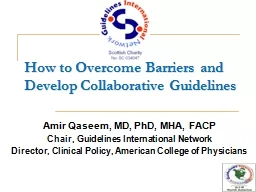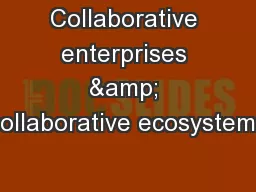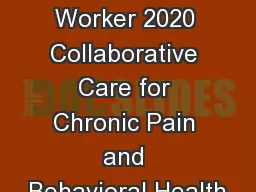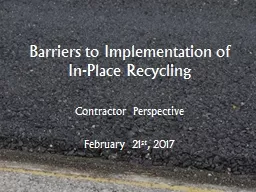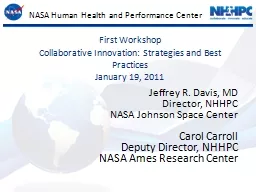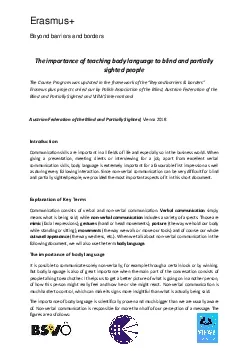PPT-How to Overcome Barriers and Develop Collaborative Guidelin
Author : phoebe-click | Published Date : 2016-06-29
Amir Qaseem MD PhD MHA FACP Chair Guidelines International Network Director Clinical Policy American College of Physicians Conflicts of Interest Financial None
Presentation Embed Code
Download Presentation
Download Presentation The PPT/PDF document "How to Overcome Barriers and Develop Col..." is the property of its rightful owner. Permission is granted to download and print the materials on this website for personal, non-commercial use only, and to display it on your personal computer provided you do not modify the materials and that you retain all copyright notices contained in the materials. By downloading content from our website, you accept the terms of this agreement.
How to Overcome Barriers and Develop Collaborative Guidelin: Transcript
Download Rules Of Document
"How to Overcome Barriers and Develop Collaborative Guidelin"The content belongs to its owner. You may download and print it for personal use, without modification, and keep all copyright notices. By downloading, you agree to these terms.
Related Documents

